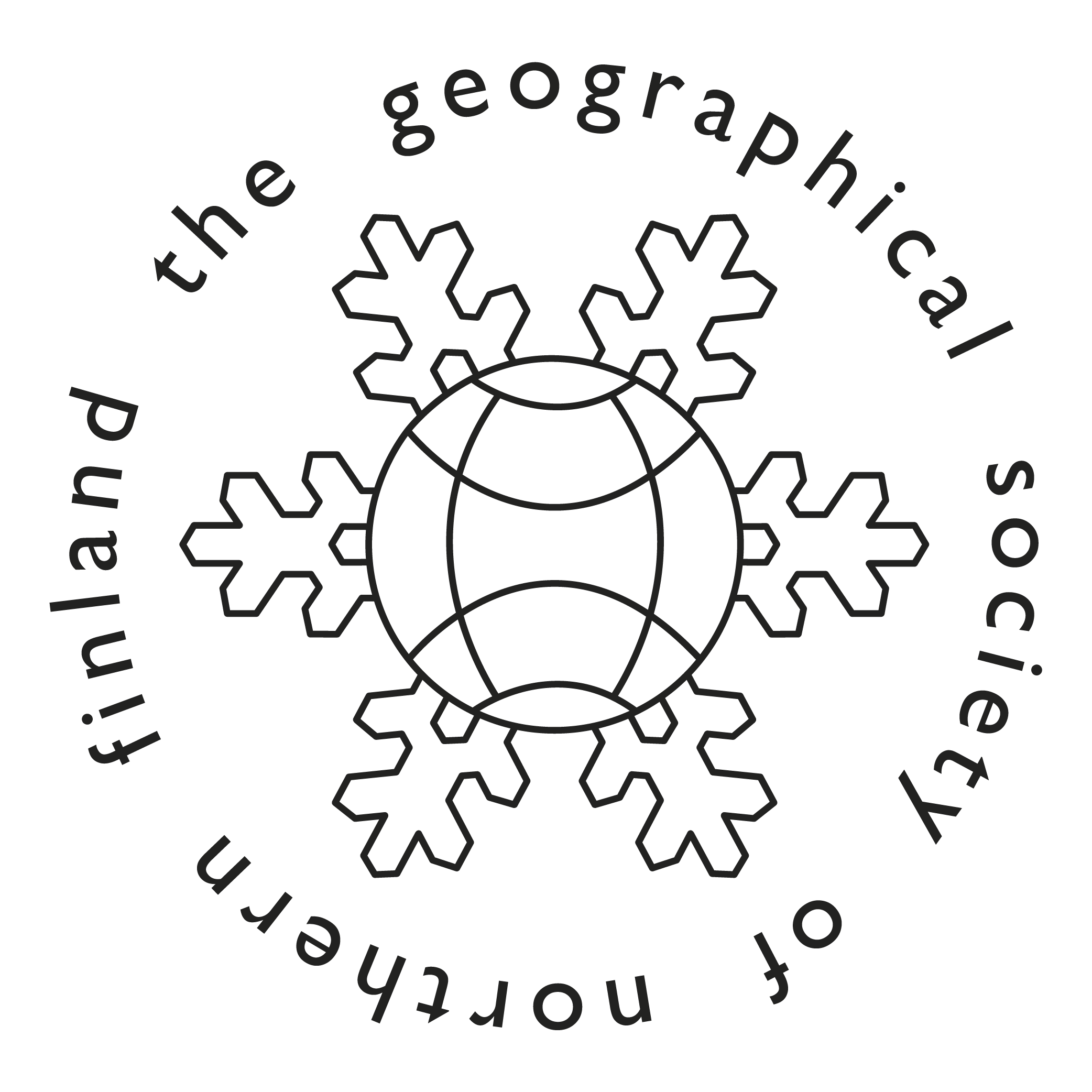The participation of citizens in land use planning and decision-making in Northern areas – the potential of PPGIS in increasing interaction
DOI:
https://doi.org/10.30671/nordia.112643Abstract
This doctoral dissertation studies the use of the public participation geographic information system (PPGIS) in land use planning and decision-making in sparsely populated Northern regions. The main research question is: What types of practices and knowledge does PPGIS bring to public participation in land use planning in Northern regions?
Sparsely populated Northern regions pose a specific challenge for planning. In those regions, land ownership by the state or the municipality is general and there are many different interests by locals and non-locals in the same regions. The reconciliation of different land uses is essential because of the many interests (e.g., tourism, nature conservation, mining, forestry, indigenous people, interests of locals and non-locals, recreation and reindeer herding). The different roles of the information, land use and the development of the participation and interaction in land use planning are in focus. The relevant question is who and which interests lead land use planning and decisions.
In this research, the participation in land use planning processes in sparsely populated Northern regions has been examined and participation possibilities have been developed with a mixed method approach. Both qualitative and quantitative methods have been used in the data collection and analysis. The best practices of the use of PPGIS have been studied as well as the novelty of the PPGIS knowledge. The implementation of PPGIS data in decision making, one of the biggest challenges in the field of PPGIS research, has also been examined.
The approach of the research is empirical. The research is a case study and three different sets of data have been collected from Finnish Lapland, sparsely populated regions, from 2015 - 2019. This research used electronic and paper PPGIS, interviews and studying reports and documents. The data is qualitative, quantitative and spatial, and was analyzed with the principles of theory driven content analysis and GIS analyzing methods (theme maps).
The results show that the maintenance and development of the participation possibilities in land use planning are an important part of democratic society. It is essential to maintain discussion, debate, criticism and right of appeal. In the Northern regions with many land use interests, there is no one right way to involve people. The participation is context sensitive; the involvement process and involvement groups need to be estimated in every situation, place and context.
PPGIS has the possibility to improve interaction in sparsely populated regions. The benefits of PPGIS appeared strongly for different data, for example, visually and presenting data on the map in the spatial mode, the possibility to virtually and remotely collect information from a big audience (both locals and non-locals) and the possibility to handle and combine a large amount of digitalized, spatial data. Increasing trust and transparency between different groups were remarkable issues as well. In sparsely populated regions, the fear of stigma is important to take into account when people participate. Thus, PPGIS can encourage people to participate in the land use planning processes due to its characteristics of maintaining anonymity.
It is essential that PPGIS method is used for the real, and even acute, land use needs and thus, motivating respondents to answer is easier and the likelihood of the results being used increases. If the use of the PPGIS method is not strongly linked to the planning process, the results might be of little consequence. Hence, it is recommended that the use of PPGIS is connected with the planning process and in the early phases. The interest of the organizational managers toward the PPGIS method is essential so that the benefits would be as strong as possible.
The PPGIS method cannot replace other participation methods, but it is good to view as one tool in participation and collecting social spatial data. When the PPGIS method is used, it is important to be critical because the tool is often a commercial product and there is a risk that the needs of the user are not responded to, for example, with the technical characteristics. Making an internet-based PPGIS survey is relatively easy, but it is relevant to use sufficiently deep analysis after gathering the data, for example, with GIS analyzing methods. Systematic storing of PPGIS data in the IT-system of the organization is crucial so that the information is subsequently easy to access.
Keywords PPGIS, land use planning, participation, reconciliation of land use interests, sparsely populated Northern areas

Downloads
Published
Issue
Section
License
Copyright (c) 2021 Sini Kantola

This work is licensed under a Creative Commons Attribution-NonCommercial-NoDerivatives 4.0 International License.






